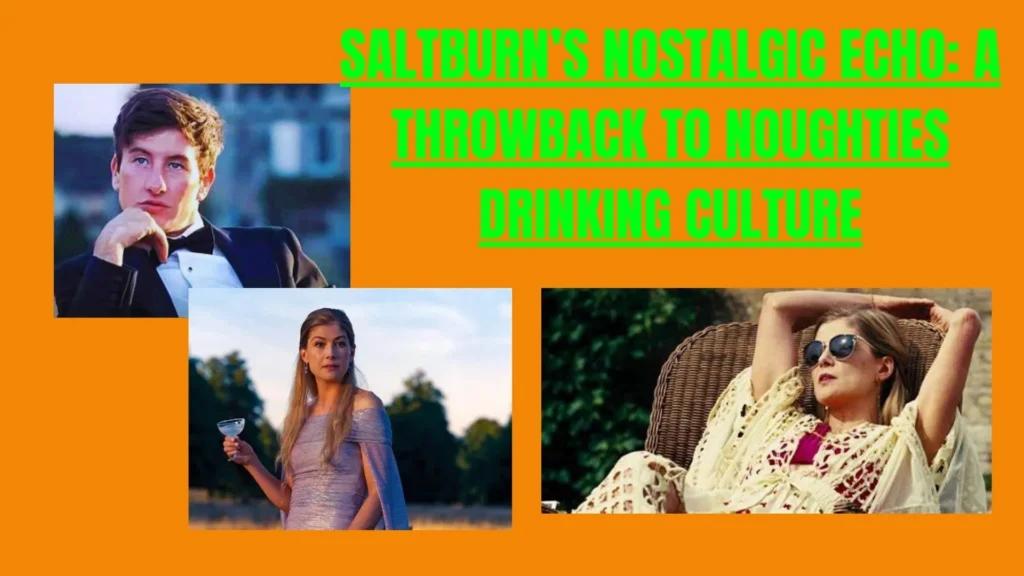Noughties Drinking Culture Unveiled in “Saltburn”: A Walk Down Memory Lane
In the realm of “Saltburn,” the film that has sparked debates among critics, we delve not only into the intricacies of class politics but also take a plunge into the transformations within the drinking culture. The juxtaposition between student revelry and the refined alcohol scene at the stately manor house in Saltburn serves as a nostalgic time capsule, transporting us back to a bygone era, especially for those, like myself, who were students at university during that time.

Drink Prices: Then and Now
The film vividly captures the essence of the mid-Noughties, a time when a £20 note could cover a substantial round of drinks, including the infamous Jägerbombs. In a memorable scene, the protagonist, Oliver Quick, finds himself unable to afford the round, a stark contrast to today’s reality where a single shot of Jägermeister can cost upwards of £10 in some establishments. The film serves as a reminder of how the price of drinks has evolved, reflecting the changing dynamics of the on-trade landscape.
The King’s Arms: A Smartphone-Free Haven
Oxford’s The King’s Arms, a pivotal setting in the film, becomes a canvas for the development of Felix’s and Oliver’s relationship. Notably absent in this space is the ubiquitous smartphone, a device that now often acts as a barrier to genuine conversation. The pub scenes portray a time when intimate discussions unfolded over pints and crisps, free from the constant interruptions of screens. In today’s world, where some pubs have attempted to ban mobile phones, these scenes evoke a sense of nostalgia for the simplicity of unbridled conversation.
Smoking: A Time Capsule of Indoor Habits
Indoor smoking, a prominent feature of the film, authentically reflects the era it portrays. The conscious decision by director Emerald Fennell to depict characters sitting and smoking in the pub aligns with the prevalence of smoking in the on-trade during the mid-Noughties. The impending smoking ban in 2007 prompted predictions of a decline in sales, showcasing the cultural shift captured in the film.

Classy Libations: Champagne vs. Beer
A cultural juxtaposition unfolds between the affluent Oxford setting and the summer retreat in Saltburn. Champagne becomes the beverage of choice for the aristocracy, depicted as a constant companion even during activities like tennis. The intentional contrast with the beer-and-crisps culture of the student bar emphasizes the cultural and social differences between the two worlds.
Cocktail hour takes center stage, symbolized by Rosamund Pike’s character, Elspeth Pike, elegantly sipping from an ornate glass. This sophisticated portrayal stands in stark contrast to the more straightforward beer and crisps consumption in the student scenes, creating a visual feast of cultural disparities.
Wine as Symbolism
Intriguingly, still wine assumes a symbolic role in the film. Red wine becomes a harbinger of tragedy, marking significant moments in the narrative. Unlike traditional films where wine knowledge signifies wealth, Fennell sidesteps this cliché, presenting characters quietly sipping wine during evening meals without heavy-handed symbolism.
In essence, “Saltburn” encapsulates a transformative period in drinking culture, from the affordability of rounds to the absence of smartphones in social spaces and the symbolic nuances of beverage choices. The film serves as a poignant reminder of how societal shifts have shaped our relationship with alcohol and social interactions.
